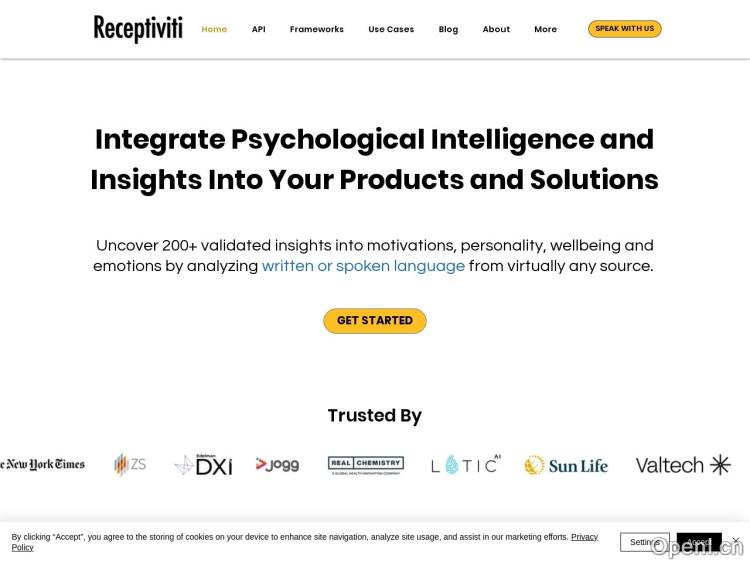
Backtesting and Paper Trading for Digital Currency Prop Strategies
Trade smarter. Test deeper. Risk nothing until it works.
In the world of prop trading, especially with digital currencies, the difference between a flash-in-the-pan strategy and a consistently profitable system is often just one thing: testing. The market doesn’t care how confident you are—it only responds to execution and adaptability. That’s why backtesting and paper trading aren’t just “optional homework,” they’re the core runway before the strategy takes flight. If you’ve ever watched an idea crumble in real-time because it wasn’t stress-tested, you know the importance.
Why Backtesting Is the Prop Trader’s Proof of Concept
In digital currency prop firms, strategies are capital-backed but performance-driven—your profits and survival hinge entirely on how you manage risk and adapt to rapid market moves. Backtesting lets you take historical market data—Bitcoin’s 2017 run, Ethereum’s 2021 rally, or that jaw-dropping 2022 slump—and apply your strategy as if you’d been trading then. You see exactly where it shines and where it bleeds.
It’s not just about “seeing if it works.” Strong backtesting helps you uncover hidden risks, like correlation traps between crypto and equities during macro shocks, or false entry signals that looked great in theory but were just noise during actual volatility. Think of it as rehearsing every dance move before you step on stage—the market doesn’t allow retakes.
The Paper Trading Advantage: Learning Without the Burn
Paper trading takes your strategy from the theoretical past into a simulated present, without risking a cent. For digital currency prop strategies—where crypto can swing 10% in a single afternoon—that safety net is invaluable.
Unlike backtesting, which works with past data, paper trading drops you into a live feed environment. You react to actual ticks, bid-ask spreads, and order flow, but your losses are all virtual. It’s where traders learn execution discipline: no impulsive entries, no skipping stop-losses because “this one looks different.”
Case in point: one prop desk recently onboarded a trader who, according to backtesting, had a sharp mean reversion strategy for ETH. On paper trading, they quickly discovered slippage and network congestion were destroying profitability in real-time. That lesson cost the firm nothing—and saved capital for strategies that actually survived the test.
Multi-Asset Lessons That Strengthen Your Crypto Game
What’s fascinating in prop environments is how cross-market learning sharpens digital currency strategies.
- Forex teaches precision on leverage control.
- Stocks develop patience on trend confirmation.
- Indices highlight macro sentiment tracking.
- Options sharpen hedging and volatility plays.
- Commodities teach supply-demand discipline.
Apply these lessons, and your crypto strategy stops being “crypto-only” blind. For example, a sudden USD strength can crush Bitcoin just as easily as it can suppress gold—and if you learned that in forex simulation before crypto exposure, your adaptation curve is lightning-fast.
Reliability Through Structured Testing
If prop capital is the fuel, backtesting and paper trading are wind tunnel experiments before the engine leaves the ground. Reliable strategy design means logging every win, loss, drawdown, average trade duration, and slippage scenario during testing. The more granular the data, the sturdier your strategy under live stress.
A disciplined prop trader isn’t trying 50 ideas at once—they’re refining 3 that have survived hundreds of simulated trades. The edge is not in quantity, but resilience.
DeFi: Opportunity Meets Unforgiving Reality
Decentralized finance (DeFi) adds a whole new arena for prop strategies. Liquidity pools, automated market makers, staking, yield farming—all fertile ground for innovative plays. But they carry challenges: protocol risk, exploit vulnerabilities, governance shifts, and liquidity droughts during crypto sell-offs.
Backtesting DeFi strategies requires not only price history but blockchain event history—tracking gas fees, smart contract execution times, and even governance vote timelines. Paper trading here often means interacting with testnets or mock APIs before deploying capital live.
The Next Wave: AI-Driven and Smart Contract Trading
Prop trading in digital currencies is inching toward automation that thinks faster than humans. AI-driven strategy refinement, sentiment analysis from social feeds, and execution via smart contracts will likely define the next generation of prop firms. Imagine testing a trading bot that auto-adjusts based on on-chain metrics, and before ever risking real funds, it’s run through a year’s worth of volatility data in minutes.
This isn’t about replacing traders—it’s about giving them supercharged tools that make human decisions sharper.
Trade Like You’ve Time-Traveled
The prop trading game rewards preparation over prediction. Backtesting gives you hindsight before you ever start; paper trading gives you foresight without paying tuition in losses. Blending lessons from forex, stocks, options, indices, commodities, and crypto builds a trader who can see patterns others overlook.
If you’re aiming for digital currency prop capital, remember: Every untested idea is a gamble. Every tested idea is a weapon.
"Your strategy deserves a rehearsal before the market writes its review."
If you want, I can also make this piece tighter and SEO-rich so it reads like a high-converting landing page for a prop trading service—would you like me to do that next?


